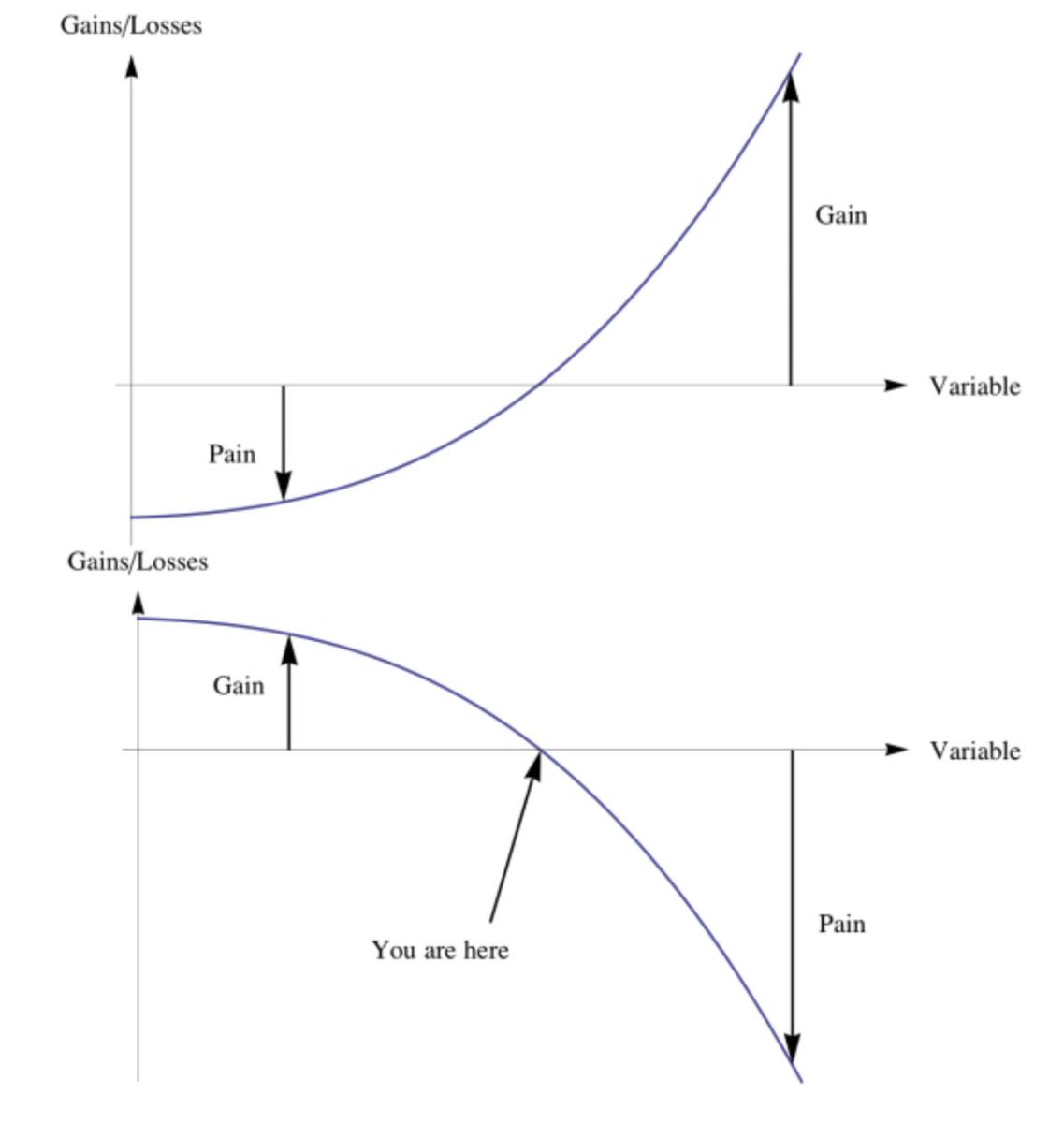I am not sure I fully understand it, but here is my attempt to explain ergodicity as I understand it now
He makes 50% again and goes back on day 3 and makes 50% again, now at $3,375
But, when day 28 strikes, cousin Theodorus goes bust. Will there be day 29? Nope, he’s broke and there is nothing left to gamble with.
The central insight: The probabilities of success from the collection of people *does not* apply to one person.
That is not the case here and so this gambling strategy is NOT ergodic.
You only get one timeline and there is a good chance at some point your income or something else serious will get hit at the same time markets drop."
If cousin Theodorus sizes his bets according to the Kelly Criterion, then he is in great shape.








